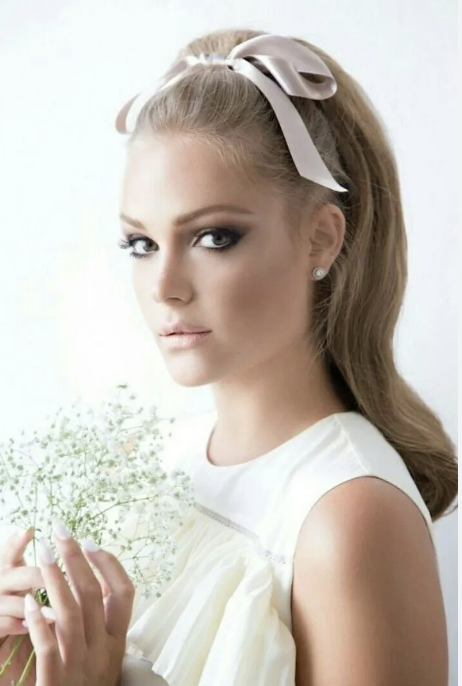Timeless Elegance: Tracing the Evolution of Bridal Beauty Through Historical Influences in Wedding Makeup and Hairstyles
Bridal beauty has perpetually been a captivating canvas, showcasing the essence of each era's aesthetics and cultural influences. The evolution of wedding makeup and hairstyles reflects the ever-changing tapestry of beauty ideals, societal norms, and historical contexts. As we journey through time, exploring the fascinating evolution of bridal beauty, we uncover a rich tapestry of styles, techniques, and influences that have shaped the timeless elegance witnessed in modern-day weddings.
Ancient Civilizations: The Origins of Bridal Beauty Ancient civilizations, such as Egypt and Mesopotamia, laid the groundwork for early bridal beauty rituals. Intricate hairstyles adorned with jeweled accessories and striking makeup, including kohl-lined eyes and vibrant pigments, symbolized status and cultural traditions.
The Renaissance Era: Romanticism and Opulence During the Renaissance, bridal beauty epitomized romanticism and opulence. Brides adorned themselves with ethereal, loose curls, adorned with intricate floral wreaths or delicate veils. Subtle makeup emphasized soft features, with flushed cheeks and natural lips.
Victorian Elegance: Subdued Sophistication The Victorian era brought forth a shift towards subdued sophistication in bridal beauty. Updos with ornate braids and embellished hair combs became popular, complemented by pale complexions and demure makeup emphasizing innocence and purity.
1920s Glamour: The Roaring Twenties Revolution The 1920s marked a departure from traditional styles. Bridal beauty embraced the spirit of the Jazz Age with short, sleek hairstyles, adorned with jeweled headbands or feathers. Brides embraced bold makeup with smokey eyes and vibrant lip colors.
1950s Elegance: Classic and Graceful The 1950s exuded classic elegance in bridal beauty. Soft curls and polished updos graced bridal hairstyles, paired with a timeless makeup palette of soft eyeshadows, winged eyeliner, and red lips.
The Boho Revolution: 1960s and Beyond The 1960s sparked a revolution in bridal beauty with the emergence of the bohemian aesthetic. Loose, free-spirited hairstyles adorned with flowers and natural, minimal makeup became iconic for brides embracing non-traditional styles.
Modern Trends: Fusion of Tradition and Innovation Today's bridal beauty reflects a fusion of tradition and innovation. Brides experiment with diverse styles, from sleek chignons to loose waves, and opt for makeup emphasizing individuality, ranging from natural glow to statement looks.
Conclusion: The evolution of bridal beauty is a testament to the ever-changing influences and interpretations of beauty throughout history. Each era has contributed its unique essence to the tapestry of bridal makeup and hairstyles, shaping the timeless elegance witnessed in modern weddings. Embracing elements from history while infusing personal styles creates a diverse and enchanting array of bridal beauty that continues to evolve and inspire with every passing era.

